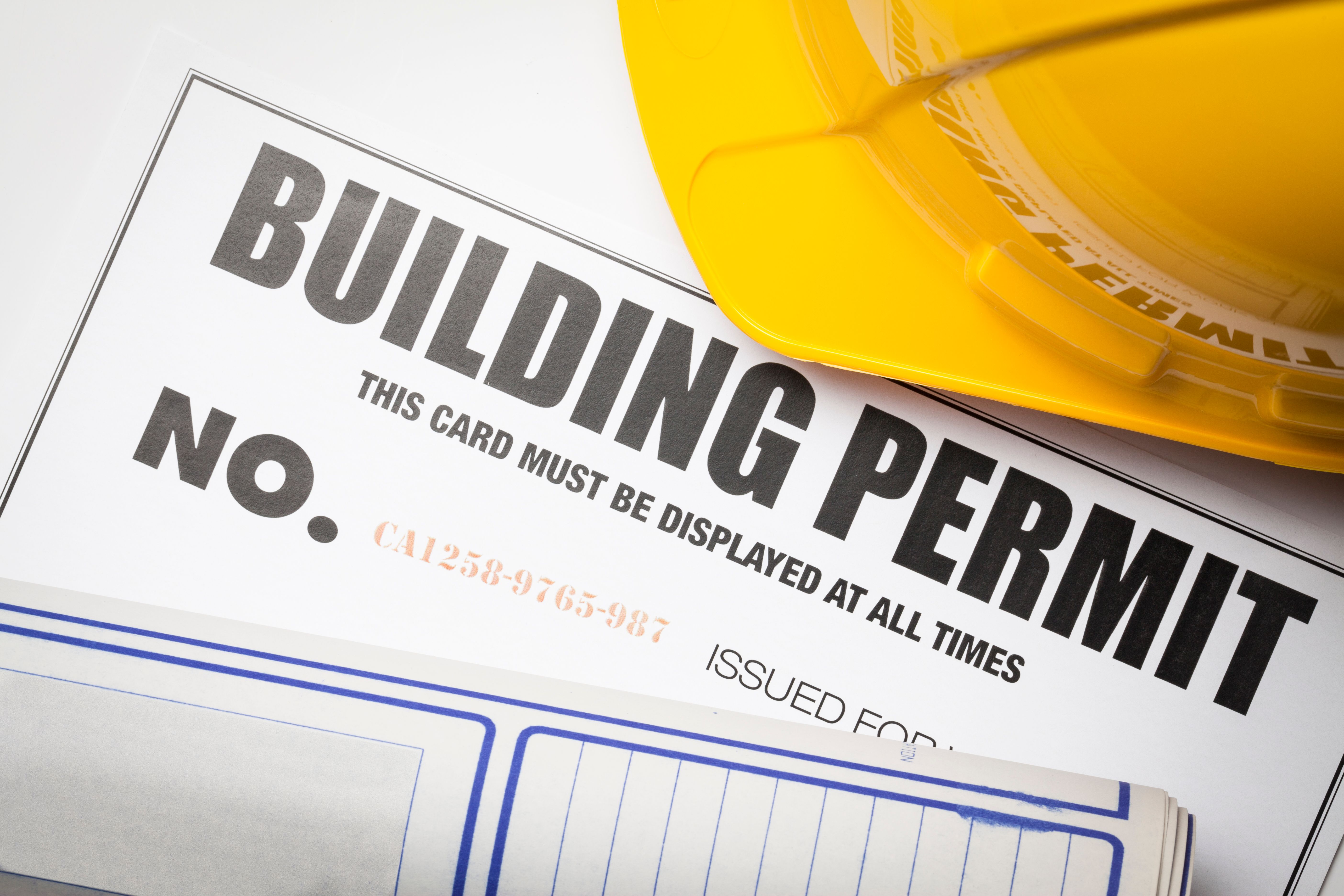Building Resilience: The Essentials of Earthquake Engineering
Understanding Earthquake Engineering
Earthquake engineering is a crucial field focused on designing and constructing buildings and structures that are resilient to seismic activity. This discipline combines expertise from various areas such as civil engineering, geology, and materials science, all with the purpose of minimizing damage during an earthquake. With increasing urbanization in earthquake-prone regions, the importance of this field cannot be overstated.
The Principles of Earthquake Engineering
At its core, earthquake engineering is about understanding the dynamics of seismic waves and how structures respond to them. The key principles include seismic design, which involves calculating the forces that an earthquake might exert on a structure, and structural analysis, focused on how these forces affect the building. Engineers use this information to create designs that either absorb or deflect these forces, reducing potential damage.
Another critical aspect is the use of suitable materials. Engineers often choose materials that can withstand significant deformation without collapsing. These materials include reinforced concrete, steel, and innovative composites that provide flexibility and strength.
Innovative Technologies and Techniques
Modern earthquake engineering employs a range of advanced technologies and techniques. Base isolation systems, for instance, allow a building to move independently from the ground motion, drastically reducing the seismic forces transmitted to the structure. Additionally, energy dissipation devices such as dampers are used to absorb and dissipate the energy generated by an earthquake, further protecting the building.

Seismic retrofitting is another technique widely used in earthquake engineering. This involves modifying existing structures to improve their resistance to seismic activity. Retrofitting can include strengthening walls, adding steel braces, or installing base isolators.
The Role of Building Codes
Building codes play a vital role in ensuring that structures are designed and built to withstand earthquakes. These codes set minimum standards for construction practices, materials, and design specifications. They are regularly updated based on new research and technological advancements in earthquake engineering.
Compliance with building codes is essential not only for safety but also for minimizing economic losses. By ensuring buildings are designed to withstand seismic forces, urban areas can recover more quickly after an earthquake, reducing the long-term impact on communities.

Conclusion
Earthquake engineering is an ever-evolving field that plays a critical role in safeguarding lives and infrastructure. By understanding and applying its principles, utilizing innovative technologies, adhering to strict building codes, and exploring future advancements, society can build resilience against one of nature's most formidable forces. As we continue to learn and adapt, the future holds promising opportunities for creating safer communities around the world.
